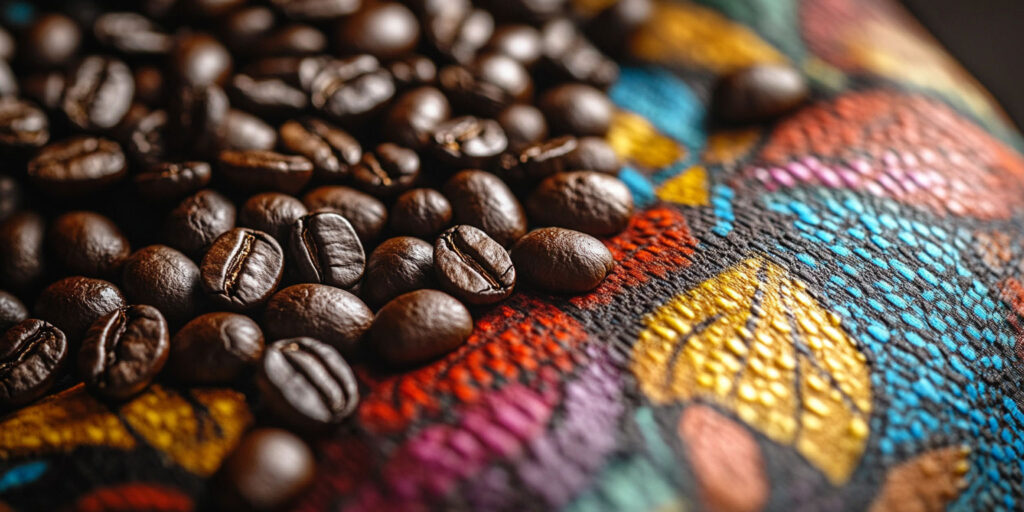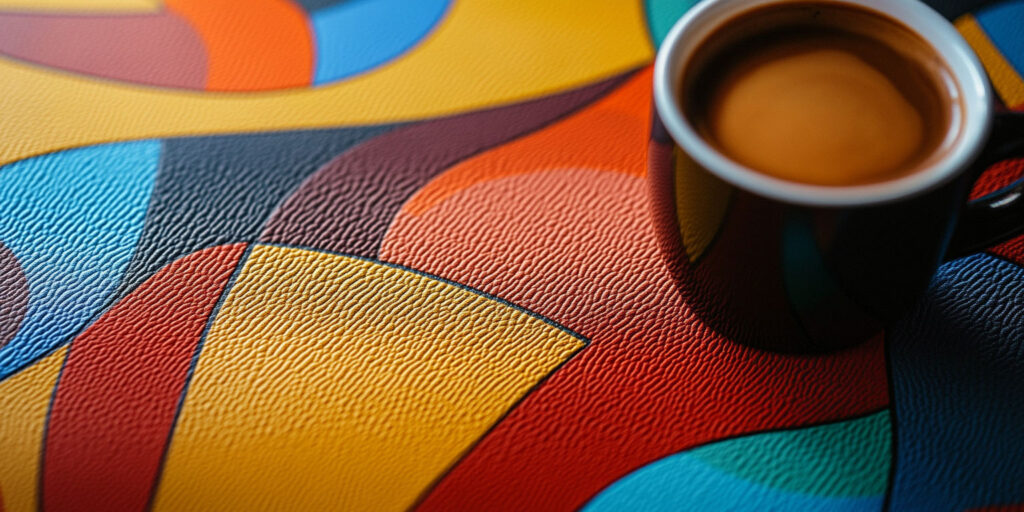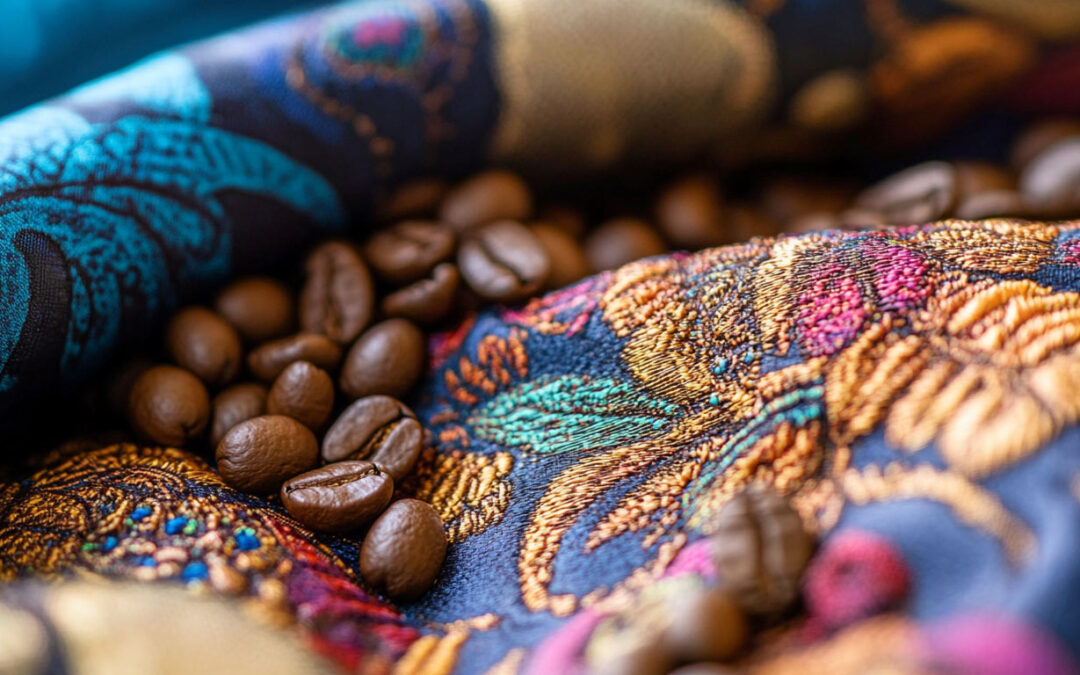You might think a coffee bag is just something that holds your beans—but for your customer, it’s often their first impression of your brand. Design, texture, messaging, and even the materials you choose say something about who you are and why your coffee matters. In a crowded market, thoughtful packaging isn’t optional—it’s your silent salesperson.
How Coffee Packaging Builds a Real Connection with Your Audience
In the specialty coffee world, what’s outside the bag can be just as important as what’s inside. Your packaging does more than preserve freshness—it speaks to the values, style, and personality of your brand. It’s a bridge between you and the person holding your product.
Here’s what makes coffee packaging work—and how it actually helps form a deeper connection with your audience.
1. Design That Reflects Brand Identity
Your packaging is the visual voice of your brand. Whether you’re going for a minimal, modern look or a bold, colorful aesthetic, your bag should instantly tell people what you’re about.
Key design choices include:
- Color palette that fits your brand vibe
- Font style that matches your tone (playful, serious, rustic, etc.)
- Logo placement and size
- Custom illustrations or icons
People are visual. A sharp, intentional design helps your bag stand out and stick in people’s memory.
2. Storytelling Through Words and Visuals
Customers don’t just buy coffee—they buy into a story. A bag that shares where the beans come from, who farmed them, or how the roast was perfected adds emotional weight to the purchase.
What can be included:
- Origin info (region, farm name, altitude)
- Roast level and tasting notes
- Your brand’s mission or values
- QR codes to videos or behind-the-scenes content
The more transparent and human your story feels, the more trust you build.
3. Material and Texture Choices Matter
Paper or plastic? Matte or glossy? These decisions affect more than the environment—they change how people feel about your coffee.
Examples of sensory impact:
- Matte finishes feel premium and grounded
- Glossy bags often feel sleek and modern
- Kraft paper suggests sustainability and simplicity
- Recyclable or compostable materials show social responsibility
Touch and texture add to the experience and influence how customers judge quality.

4. Functionality: Keep It Fresh and User-Friendly
A great design won’t mean much if the bag is hard to open or doesn’t keep beans fresh. Smart features show you care about the customer’s experience beyond the sale.
Packaging features that make a difference:
- Resealable zippers for convenience
- One-way degassing valves to maintain freshness
- Clear labels for easy info
- Flat-bottom or stand-up pouches for shelf appeal
Practicality = trust. It shows that you’ve thought through every detail.
5. Sustainability: A Growing Priority
Today’s coffee drinkers care about more than taste—they’re looking at how brands treat the planet. Eco-conscious packaging helps build credibility with environmentally aware customers.
Ways to show you care:
- Use compostable or recyclable materials
- Share packaging sustainability info clearly
- Reduce excess materials or ink
- Partner with certified sustainable packaging suppliers
This isn’t just a trend—it’s becoming a baseline expectation.

💡 From Shelf to Sip: Let Your Coffee Bag Start the Conversation
When someone picks up your coffee, the connection starts before they even taste a drop. Packaging is more than a wrapper—it’s a message, a vibe, and a reflection of your brand’s heart. Get it right, and you’re not just selling coffee. You’re earning loyalty.
when your coffee packaging connects, it doesn’t just look good… it drives sales.
Good design = perceived value.
Perceived value = people willing to pay more.
Better packaging = repeat customers.
It’s not just “branding fluff”—it’s strategy that prints money over time.
You want your bag to say:
“This coffee is worth your $18, not $9. And you’ll feel good buying it again.”

